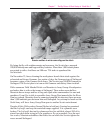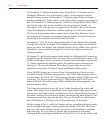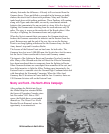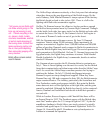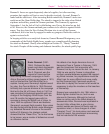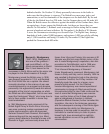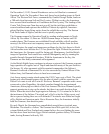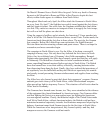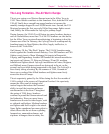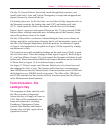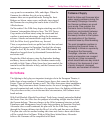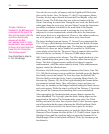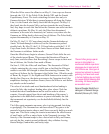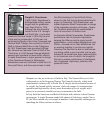
Chapter 7 The Big Picture: A Short History of World War II
147
The Long Formation
The Air War In Europe
The air war raging over Western Europe turns in the Allies’ favor in
1944. Three factors contribute to this turnabout. First, both the RAF and
USAAF finally have enough long-range bombers to increase the
monthly tonnage dropped to over 40,000 metric tons. Second, the P-51
Mustang becomes the first successful Allied long-range fighter escort.
And, finally, the Allies make the Luftwaffe a primary target.
During January, the USAAF is still losing too many bombers; during a
raid on Oschersleben, more than 75 of the 238 bombers are shot down,
but the Allies’ focus on aircraft manufacturing is beginning to hurt the
German war effort. In February, the Luftwaffe tries to counterpunch by
bombing targets in Great Britain; the effort, largely ineffective, is
known as the “Little Blitz.”
On February 20, the “Big Week” begins. The USAAF launches major
attacks against the German aircraft industry. Over 900 bombers and 700
fighter escorts (most of them Mustangs) hit targets in Brunswick,
Leipzig, and Regensburg. Another 800 bombers hit aircraft manufactur-
ing targets on February 25. Between February 20 and 26, medium
bombers and fighters attack Luftwaffe installations in France, Belgium,
and Holland; many German aircraft are destroyed in the air, on the
ground, and even while being transported to the front. The Luftwaffe is
now clearly taking a beating. By the summer of 1944, German air
forces are so reduced that Allied bombers and fighters roam freely
across the skies of Europe.
The air superiority gained by the Allies during the first few months of
1944 is critical to the success of Operation Overlord. Air superiority
means the Allies can hit strategic and
tactical targets that reduce the Germans’
ability to repel the invasion and move
reinforcements to the front. Throughout
the spring of 1944, heavy bombers
continue to pound the German aircraft and
fuel industries. However, many heavy
bombers are diverted to other targets, such
as railroads and bridges. Medium bombers
and fighters add their weight to the attack.
Some fighter squadrons lose more pilots to
debris blown into the air from exploding
locomotives, ammunition dumps, and
airplanes in hangers than to enemy fire.
Stalin, Roosevelt, and Churchill at Tehran



